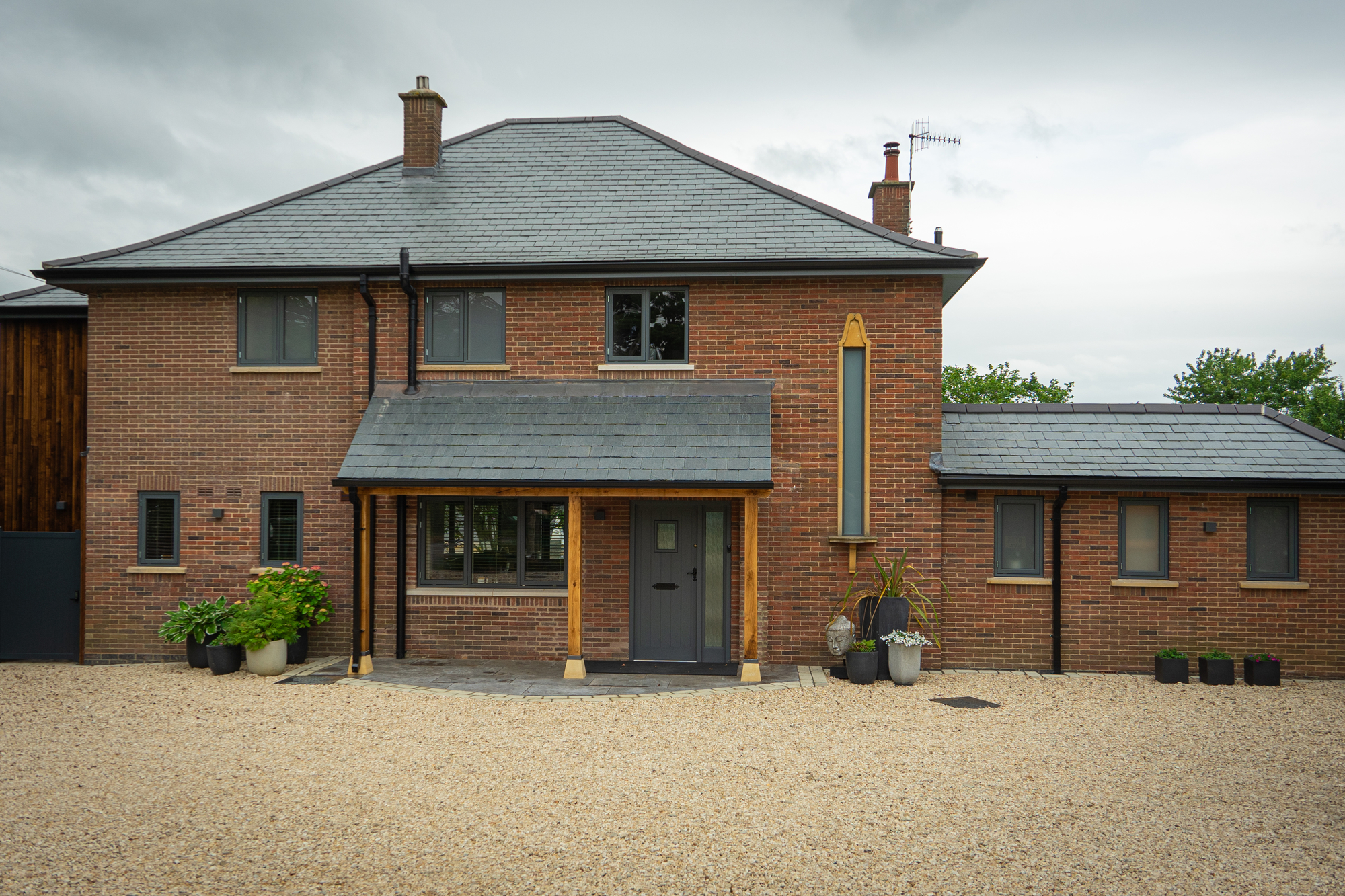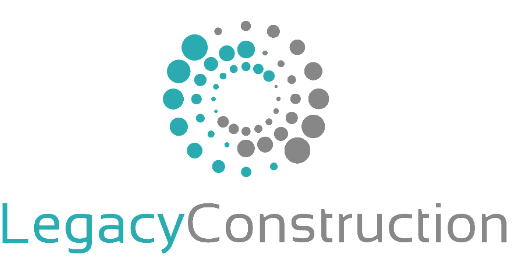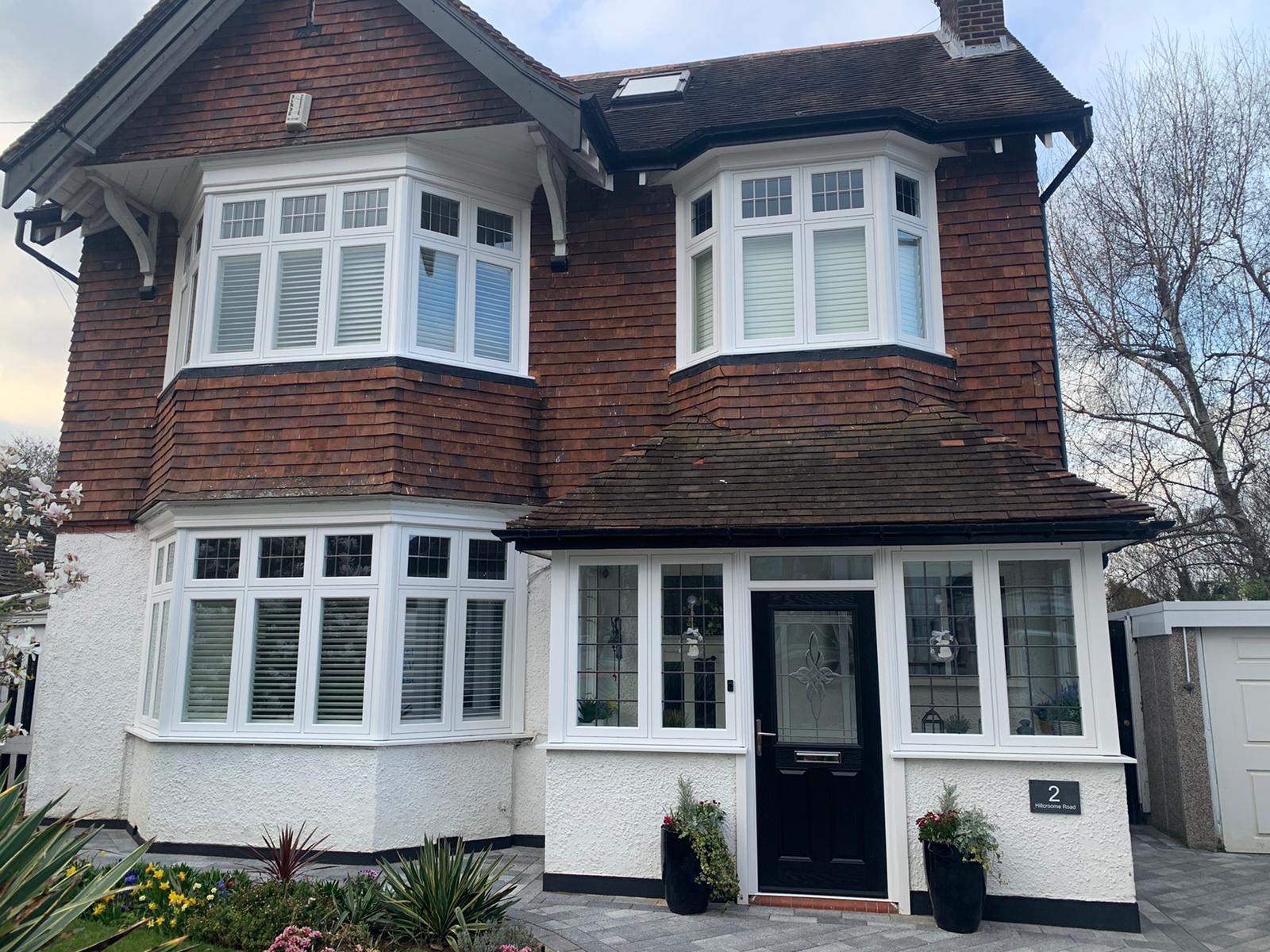Aluminium windows have become increasingly popular in modern architecture and home design, and for good reason. These windows offer a combination of durability, aesthetic appeal, and energy efficiency that makes them an excellent choice for homeowners and builders alike. This piece will explore the various advantages of aluminium windows, their features, and why they are a smart investment for any property.
One of the most significant benefits of aluminium windows is their durability. Unlike wood, which can warp, crack, or rot over time, aluminium is resistant to the elements. Aluminium does not swell or shrink with changes in temperature or humidity, making it a stable option for any climate. Moreover, aluminium windows are less prone to corrosion, especially when coated with a protective finish, ensuring that they maintain their appearance and functionality for many years.
Another advantage of aluminium windows is their low maintenance requirements. Property owners do not need to worry about regular painting or staining, as is often the case with wooden windows. Just a quick wipe down with soap and water is usually sufficient to keep them looking great. This low-maintenance aspect not only saves time but also reduces long-term costs associated with window upkeep.
Energy efficiency is a crucial factor for many homeowners when selecting windows, and aluminium windows have made significant strides in this area. With advancements in technology, aluminium frames can now be equipped with thermal breaks, which help to reduce heat transfer. This means that homes can stay warmer in the winter and cooler in the summer, leading to lower energy bills and a more comfortable living environment.
Furthermore, many aluminium windows come with Double Glazing Stevenage or triple glazing options, which further enhances their energy efficiency. This glazing options provide excellent insulation and help to minimize noise pollution from outside, creating a peaceful indoor atmosphere. Consequently, homeowners can enjoy a more comfortable living space while also contributing to energy conservation efforts.
Aesthetically, aluminium windows offer a sleek and modern look that can enhance the overall appearance of any home. Available in a variety of styles, colors, and finishes, allowing homeowners to choose options that complement their architectural design. Whether contemporary to traditional, aluminium windows can be customized to fit any aesthetic preference. Moreover, the slim frames of aluminium windows maximize the glass area, allowing for more natural light to enter the home, creating bright and airy living spaces.
One more notable feature of aluminium windows is their versatility. Aluminium windows can be designed to fit a wide range of applications, from residential homes to commercial buildings. Whether it’s large glass facades or small casement windows, aluminium can be fabricated to meet specific design requirements. This adaptability makes aluminium windows a popular choice among architects and builders.
Security is another essential aspect for homeowners, and aluminium windows provide robust protection against intruders. With their strong frames, these windows are difficult to break, making them a secure option for any property. Additionally, many aluminium window systems come with advanced locking mechanisms, further enhancing their security features.
Sustainability is another key factor, aluminium is a highly recyclable material. At the end of its life, aluminium windows can be recycled and repurposed without losing their quality. This makes them an environmentally friendly choice for homeowners who are conscious of their ecological footprint. Opting for aluminium windows, homeowners can contribute to a more sustainable future while enjoying the many benefits they offer.
When it comes to cost in any renovation or construction project. While aluminium windows may have a higher upfront cost compared to other materials like vinyl or wood, their long-term benefits often outweigh the initial investment. With their durability, low maintenance needs, and energy efficiency, aluminium windows can save homeowners money over time. In many cases, they can also increase the overall value of a property, making them a worthwhile investment.

To summarize, aluminium windows offer a multitude of advantages that make them an excellent choice for any home or building project. From their durability and low maintenance requirements to their energy efficiency and aesthetic appeal, these windows are designed to meet the needs of modern homeowners. As the need for energy-efficient and sustainable building materials grows, aluminium windows stand out as a top contender.
For those contemplating new windows, it’s worth exploring the options available in aluminium. With their many benefits, they could be the perfect solution for enhancing your property while also providing long-lasting value. In the end, investing in aluminium windows is not just a choice for today but a decision that can positively impact your home for years to come.

